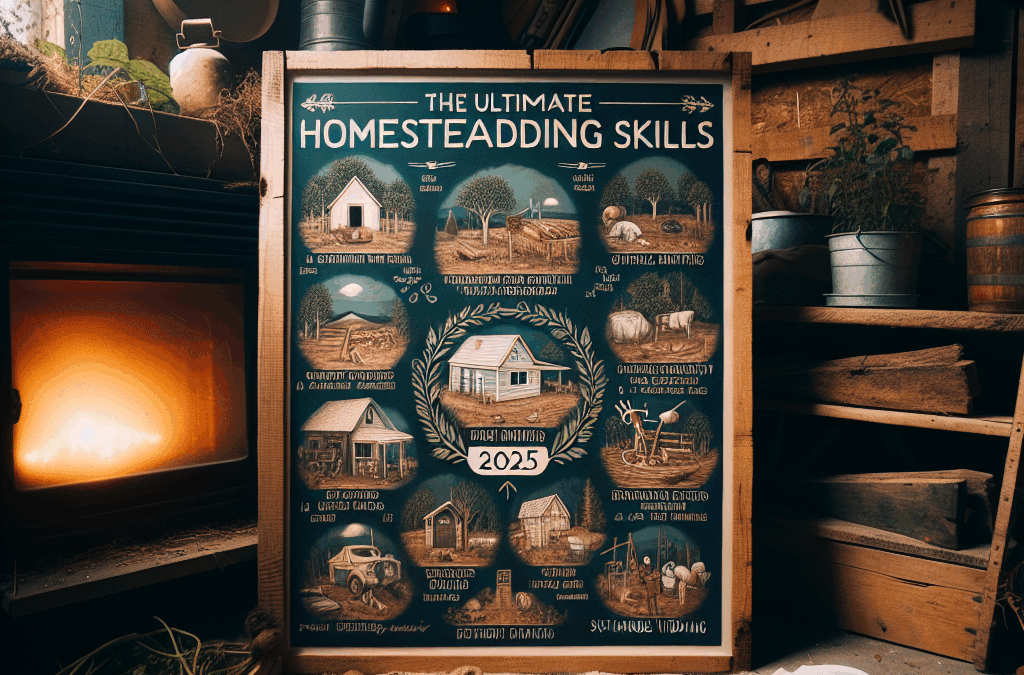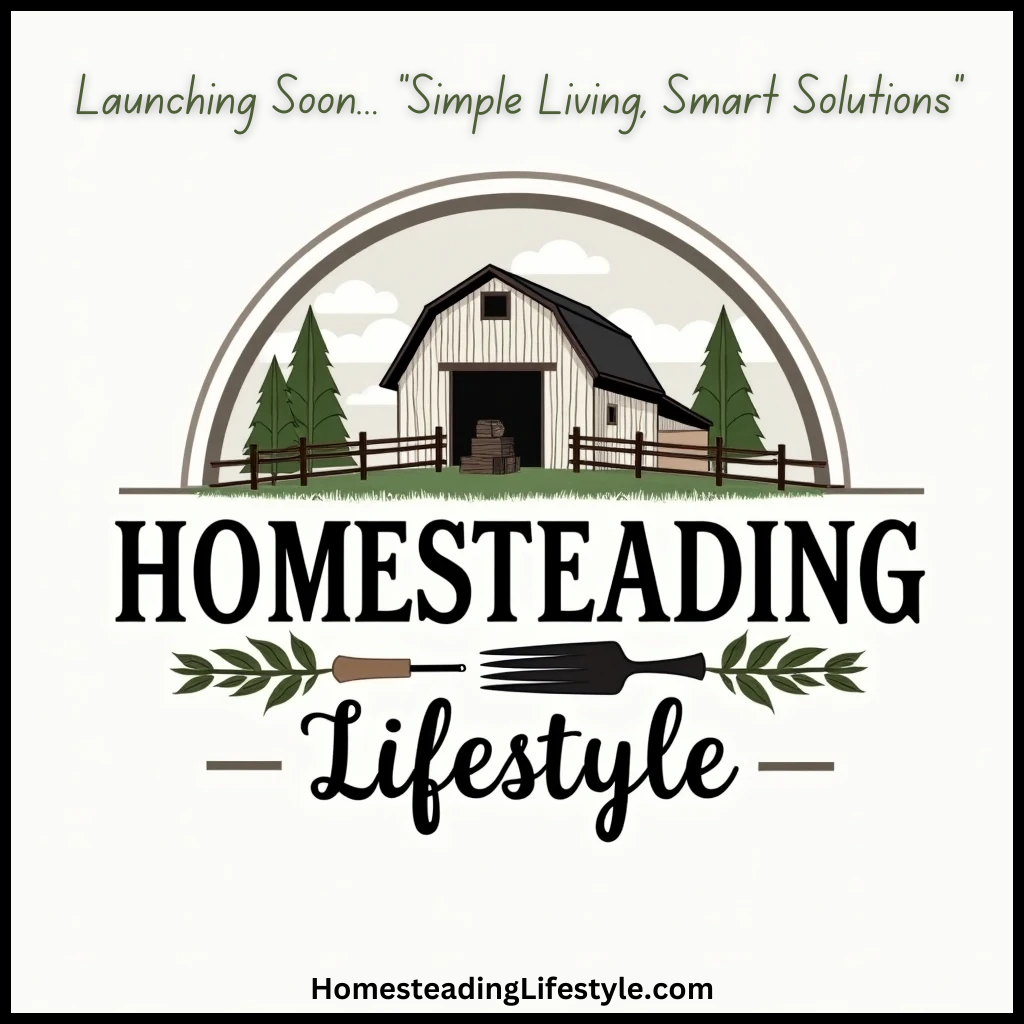Table of Contents
- 1. Mastering Pottery and Ceramics
- 2. Seed Saving and Starting
- 3. Natural Preservation Techniques
- 4. Installing Renewable Energy Systems
- 5. Raising Chickens for Eggs and Meat
- 6. Permaculture and Sustainable Landscaping
- 7. Composting and Soil Management
- 8. Farming with Perennial Crops
- 9. Homemade Beekeeping
- 10. Water Sourcing and Filtration
1. Mastering Pottery and Ceramics
Understanding Clay Types and Properties
In 2025, mastering pottery remains a cornerstone skill for homesteaders aiming for self-sufficiency. Knowing the differences between clay typesâsuch as earthenware, stoneware, and porcelainâis essential. Each has unique firing temperatures, texture, and durability. For beginners, starting with locally sourced clay can be cost-effective and sustainable.
Clay’s properties influence the final product’s strength and usability. For example, earthenware molds easily but isn’t as waterproof, whereas stoneware offers high durability and is suitable for everyday ware. Experimenting with different clay compositions allows you to create versatile pottery for cooking, storage, or decorative purposes.
Techniques for Handbuilding and Wheel-Throwing
Handbuilding techniques like coiling, pinching, and slab construction are perfect for small studios or beginner projects. They require minimal equipment and foster a deeper connection to your craft. Meanwhile, wheel-throwing, although more advanced, produces symmetrical pieces efficiently once mastered.
In 2025, many homesteaders invest in compact, manual pottery wheels powered by renewable energy sources. Whether you prefer handbuilding or wheel-throwing, dedicating time to practice can turn pottery into a profitable hobby or a vital part of your homesteading toolkit.
Preserving and Using Your Homegrown Ceramics
Using ceramics made from your local earth not only minimizes environmental impact but also adds a personal touch to your homestead. Proper firing techniques ensure the durability of your creations, allowing them to withstand daily use.
Practice safe glazing methods to avoid toxins, and consider natural or food-safe glazes. These crafts are an enduring skill that ties directly into your homesteading lifestyle, reducing reliance on store-bought ceramics and enhancing sustainability.
FAQ Section
Q1: What is the most important skill on the homesteading skills list for beginners in 2025?
Among the essential homesteading skills, starting with foundational skills like gardening and water management is critical. These ensure a reliable food and water supply, fundamental for self-sufficient living.
Q2: How can I prioritize skills when beginning my homestead in 2025?
Focus on skills that provide immediate benefits, such as water sourcing, basic gardening, and food preservation. Gradually expand to more complex skills like animal husbandry and renewable energy installations as your homestead develops.
Q3: Are there new homesteading skills emerging in 2025?
Yes, innovations like solar energy microgrids, small-scale aquaponics, and advanced food preservation tech are gaining popularity. Staying informed and adaptable is key to thriving in the evolving homesteading landscape.
Q4: How does the homesteading skills list change with the year 2025?
In 2025, the list emphasizes sustainable, tech-enabled skills alongside traditional practices to enhance efficiency and resilience. Incorporating renewable energy and organic methods is now more crucial than ever.
Conclusion
In 2025, the value of maintaining a comprehensive homesteading skills list cannot be overstated. These skills lay the foundation for a resilient, sustainable lifestyle that connects you with nature and self-reliance. By mastering these 10 effective tips and continuously expanding your expertise, you’ll be well-prepared to thrive in the modern homesteading world. Remember, evidenced by ongoing trends and innovations, staying adaptable and learning new skills remains your best strategy for success in 2025 and beyond.






